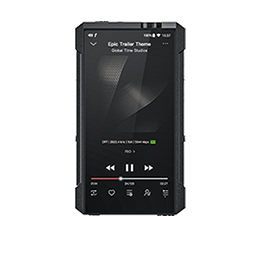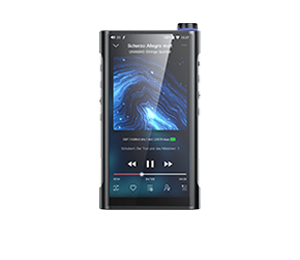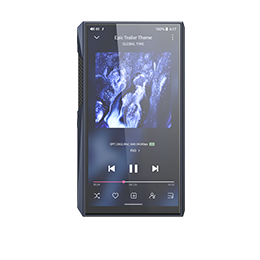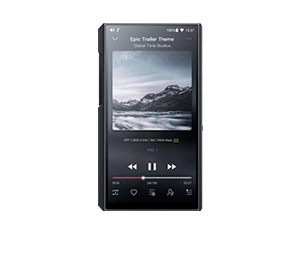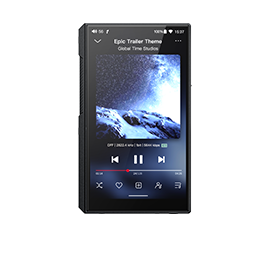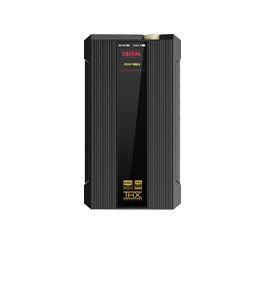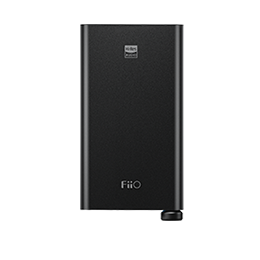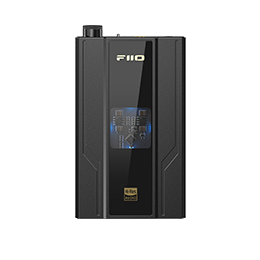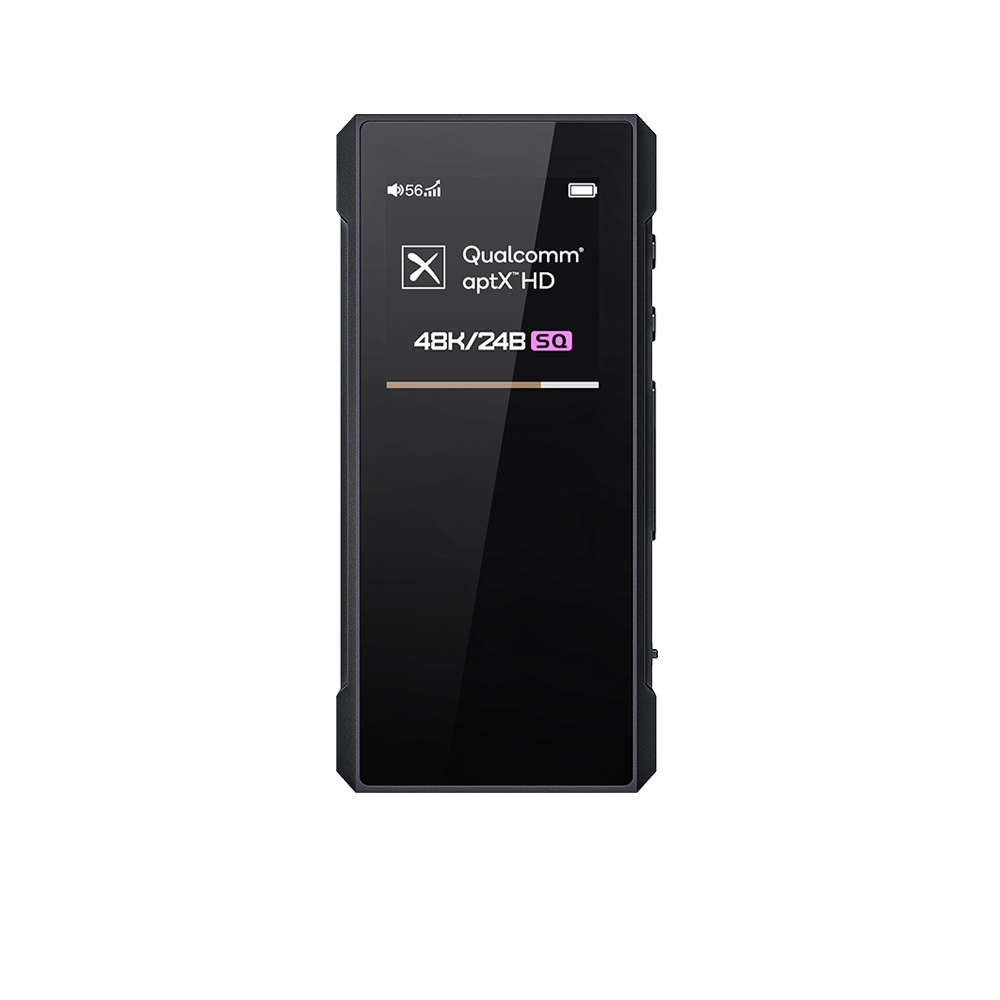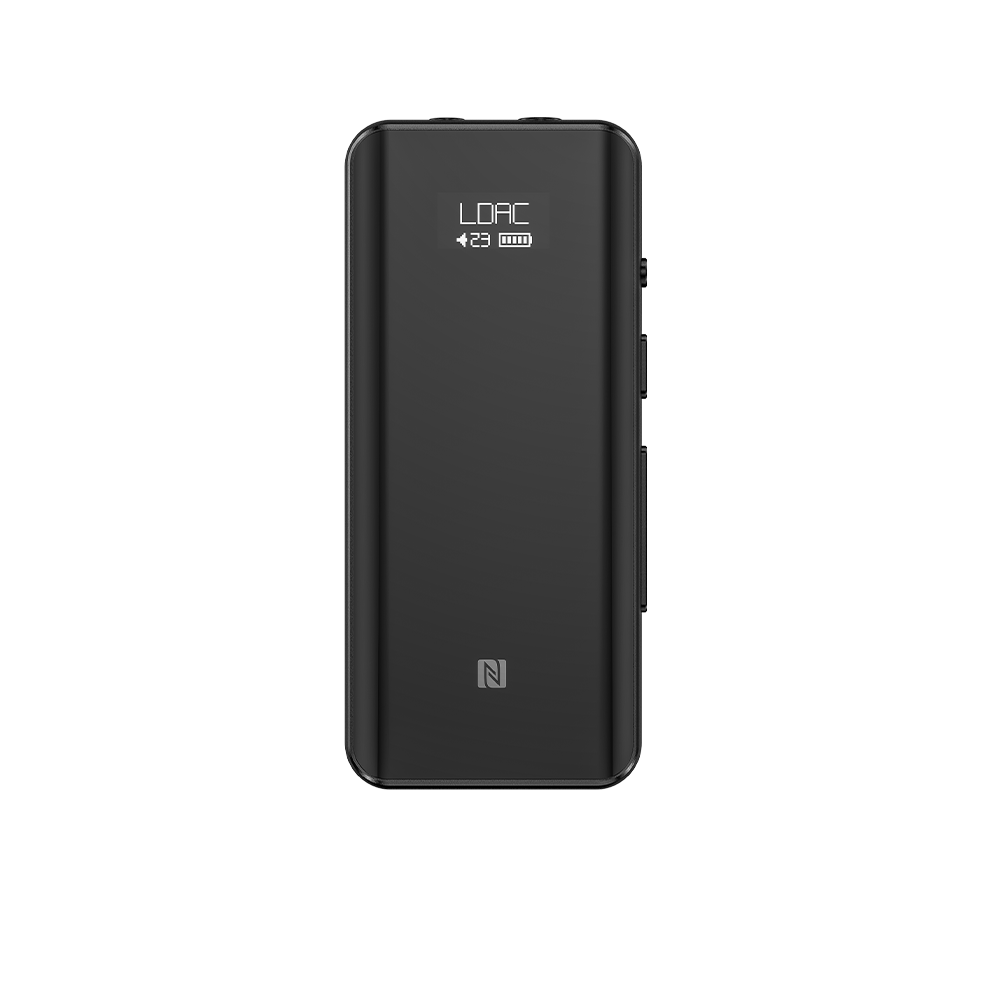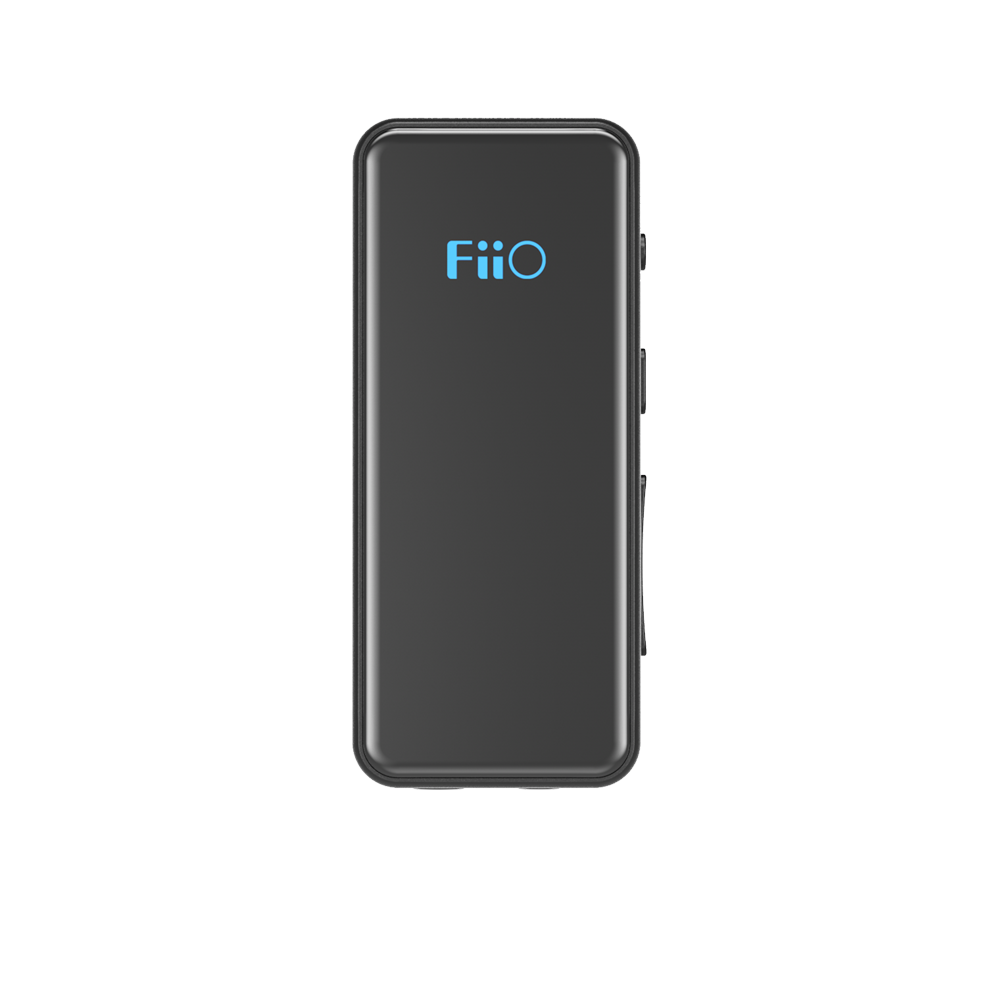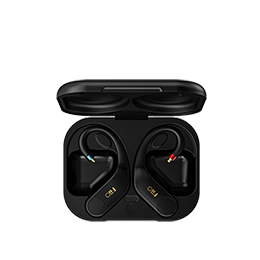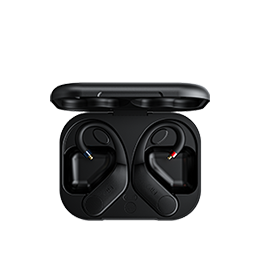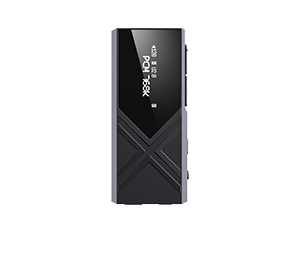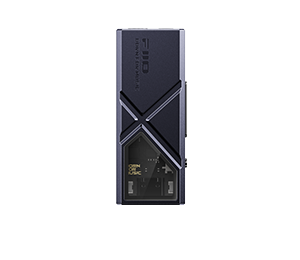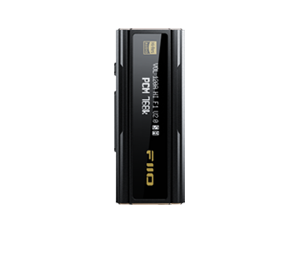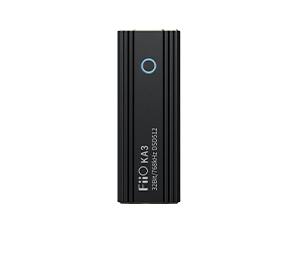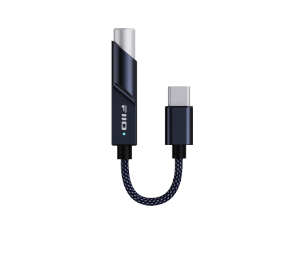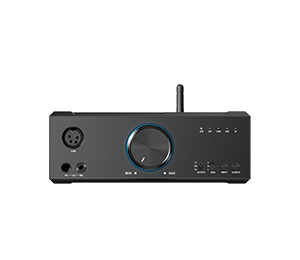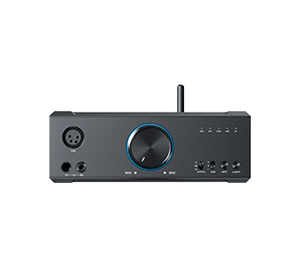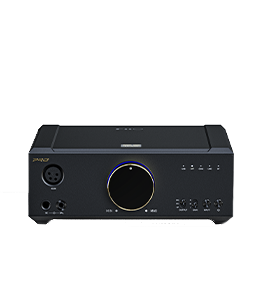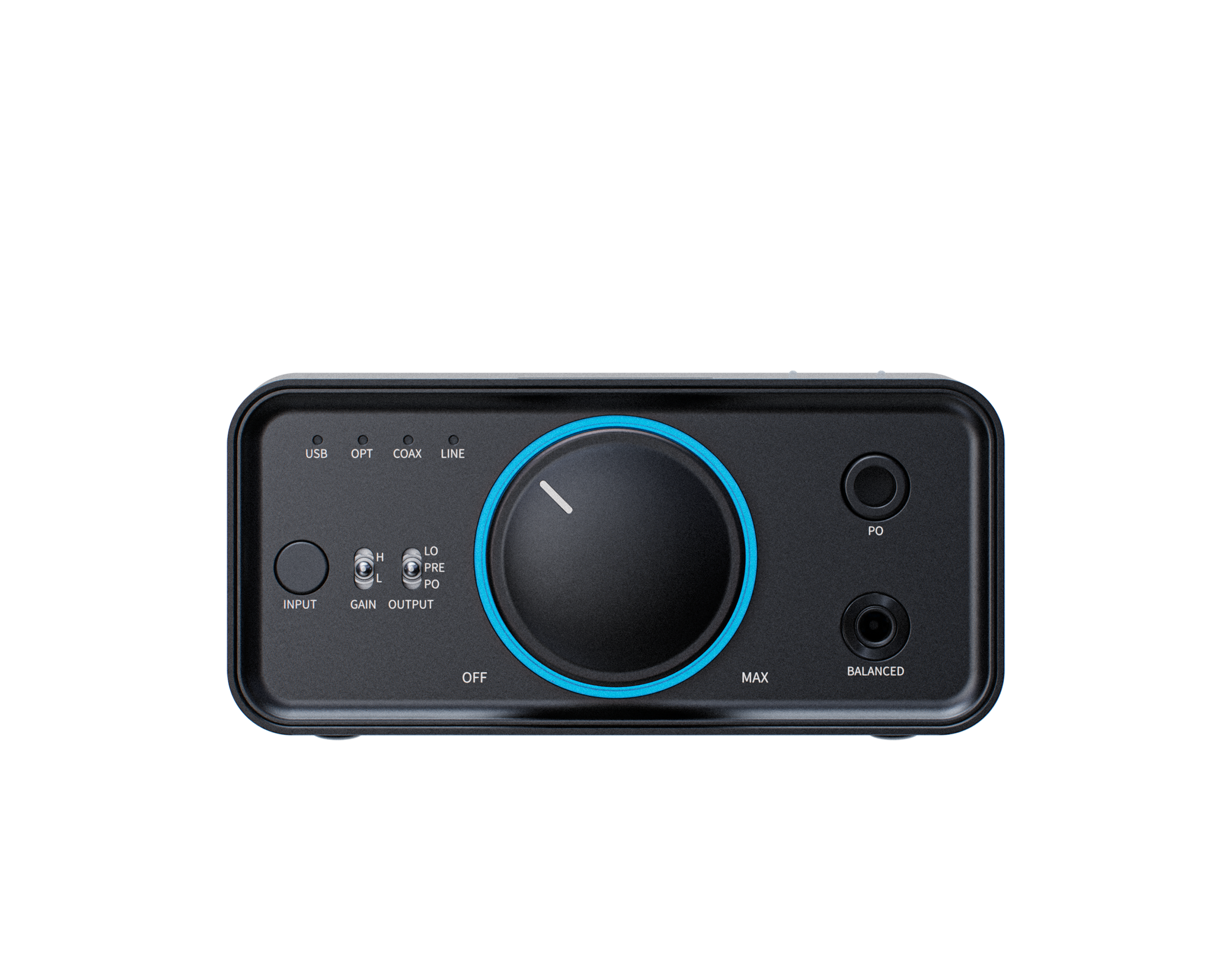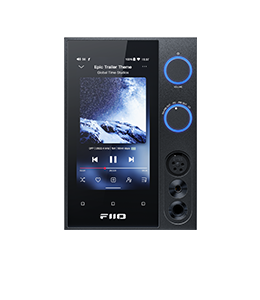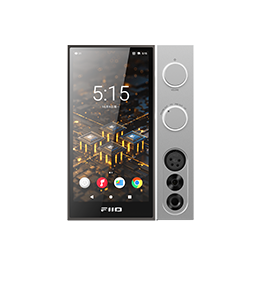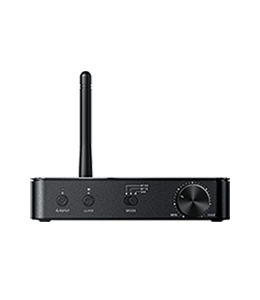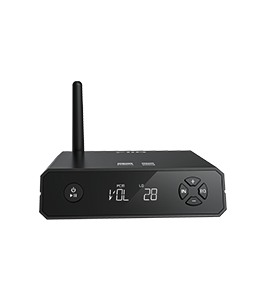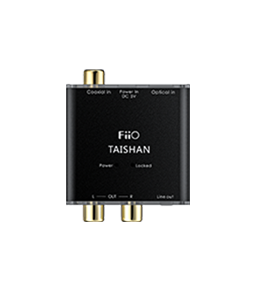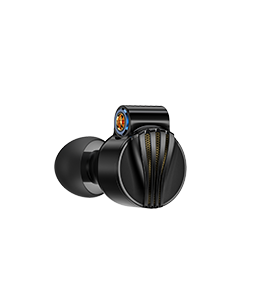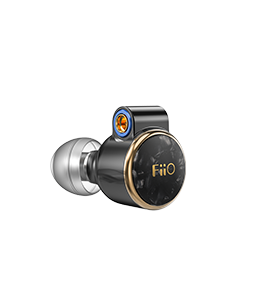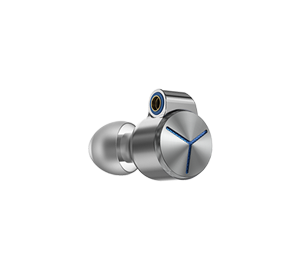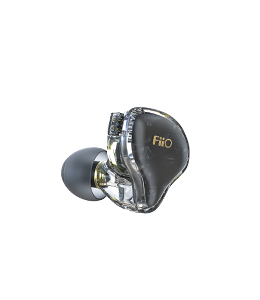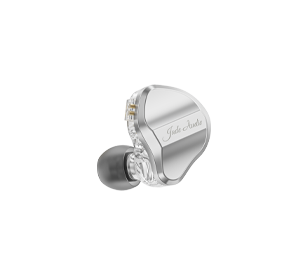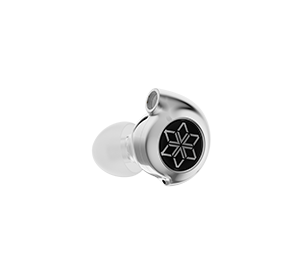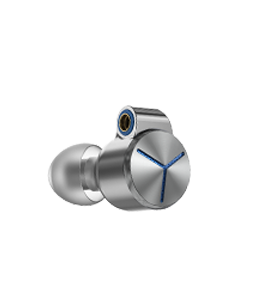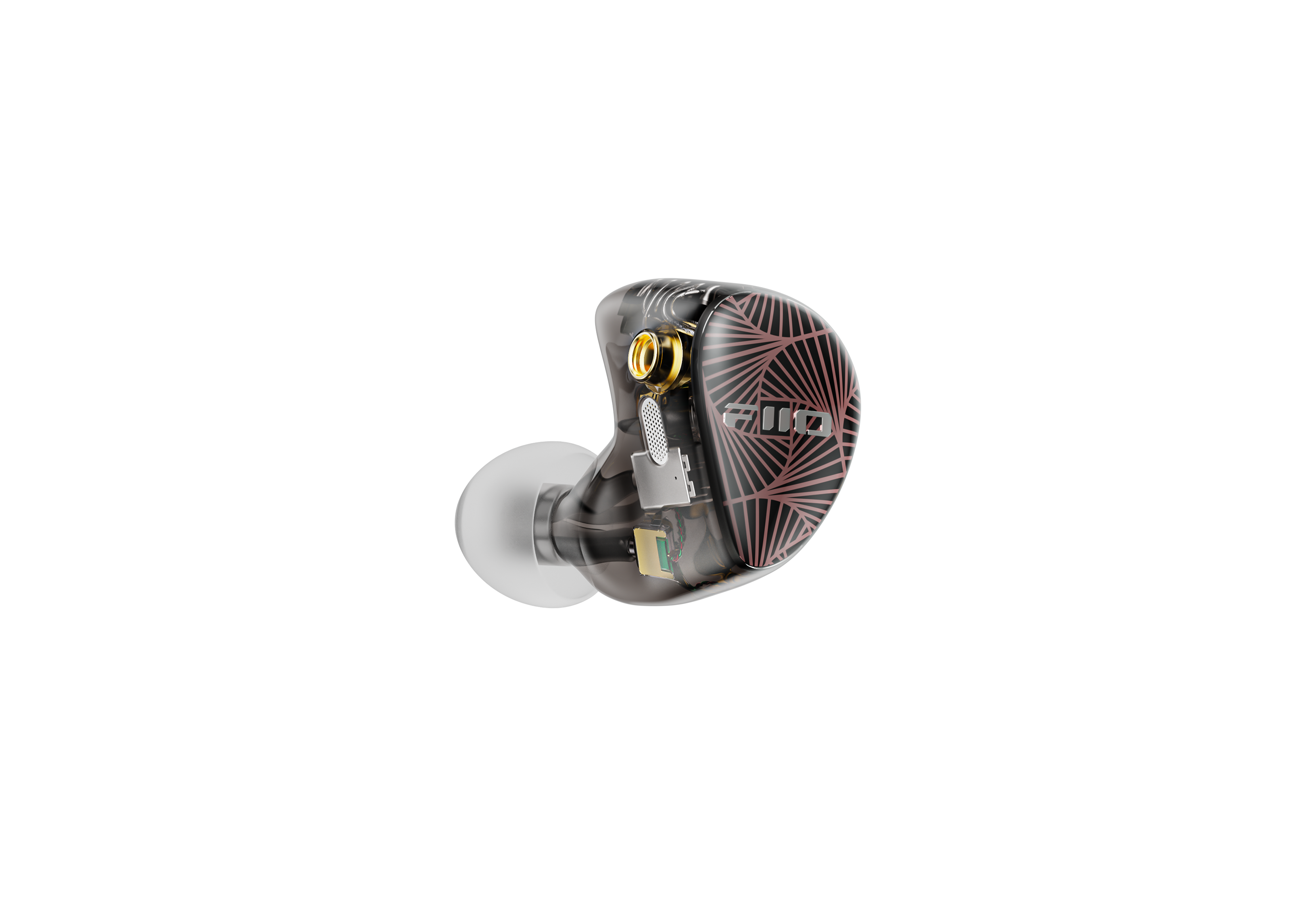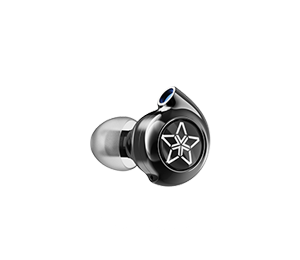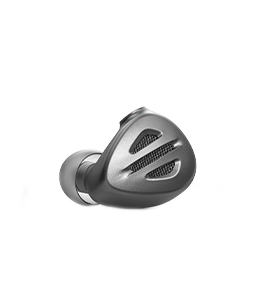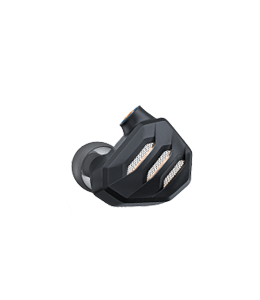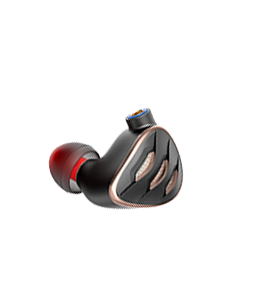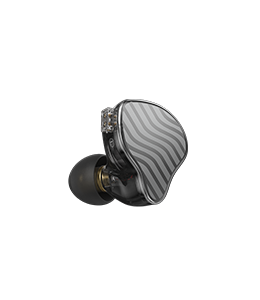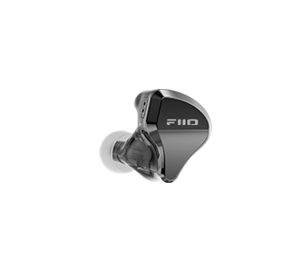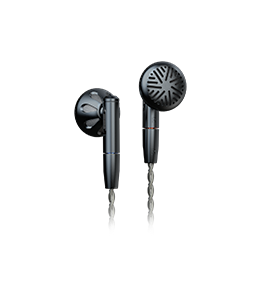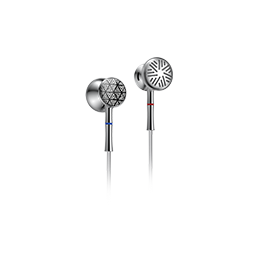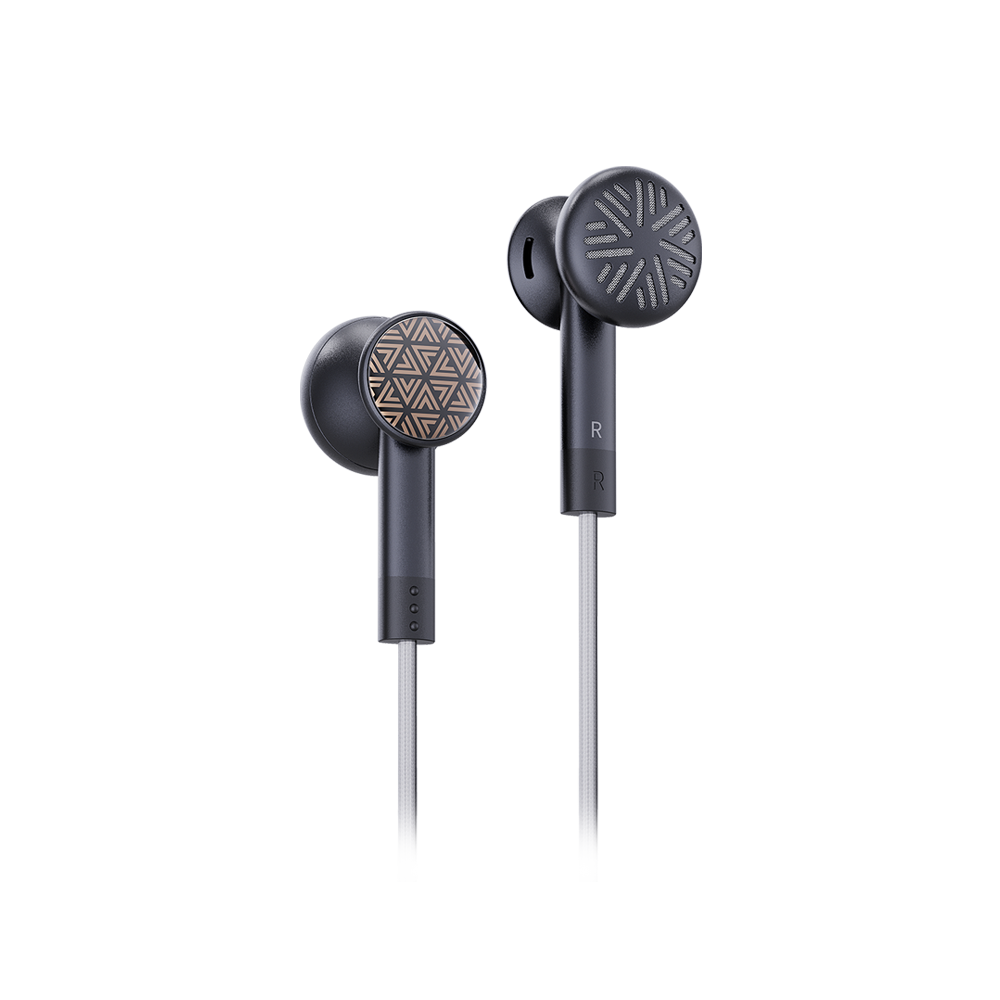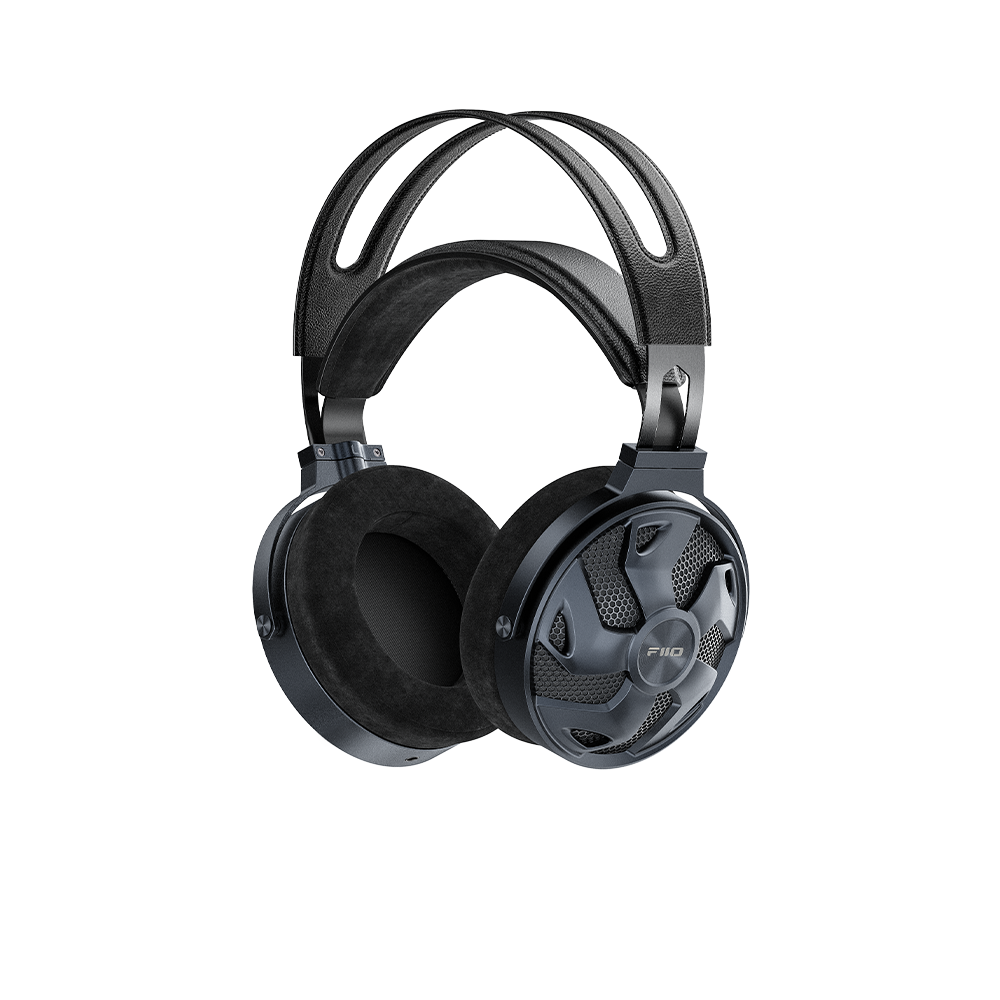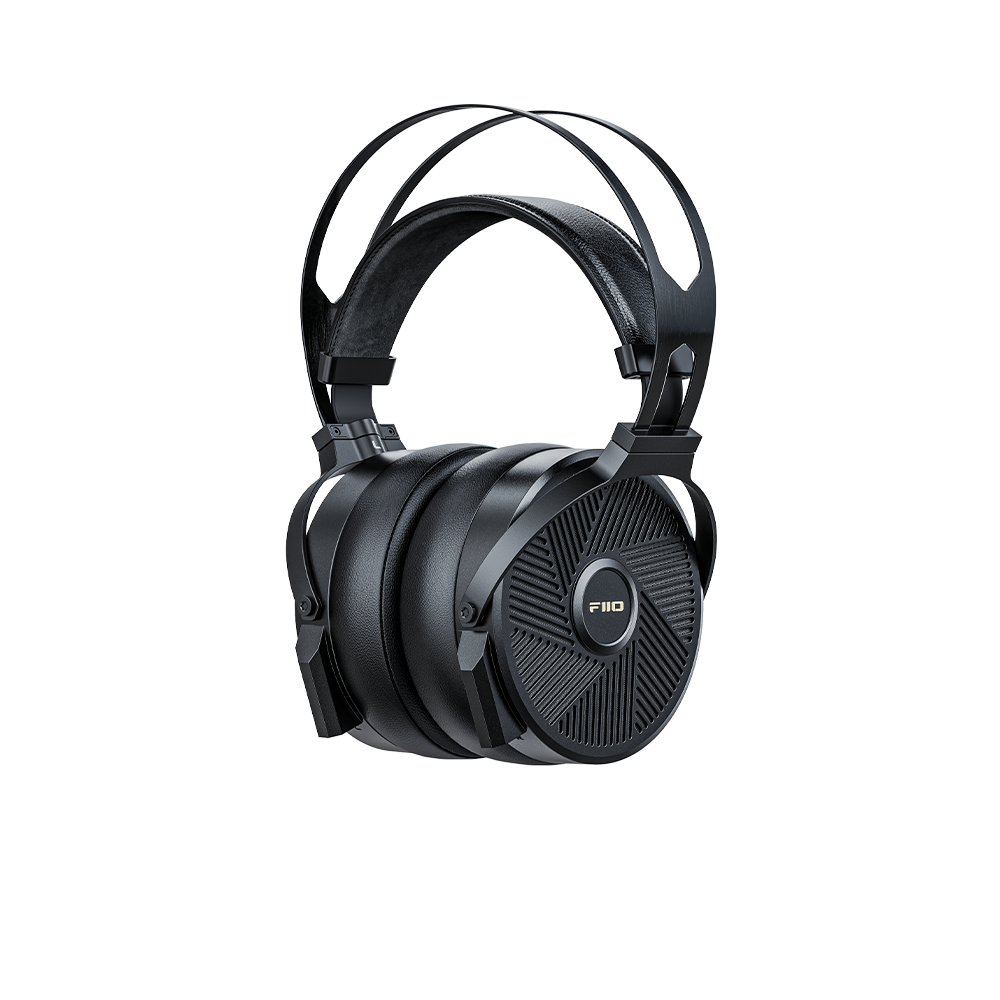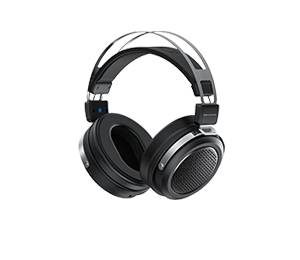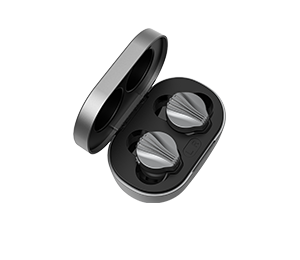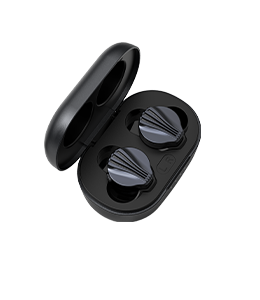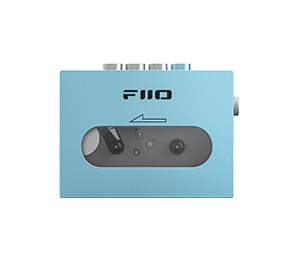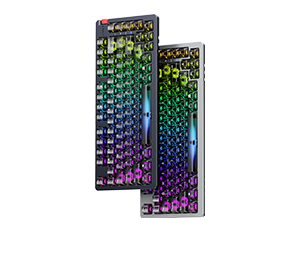FiiO A5 Headphones Amplifier Review
Author: No Bull Audio
Review from: Samma3a
→→ Read the original article on Samma3a: >> Click here
FiiO A5 Unboxing
FiiO A5 Specs:
Output Impedance: <0.3Ω
Frequency response: 10 Hz – 90 kHz
Headphone Impedance: 16Ω – 300Ω
Built-in battery: 880mAh Li-Po
Charging time: < 3 hours via 5V/2A charger
Operational time: > 13 hours
 Packaging
Packaging
I’ve owned and reviewed several Fiio products over the last couple of years, and I must admit that it has been quite enjoyable to see how their packaging has evolved over that time; and I can confidently say that Fiio has made some very steady refinements. The packaging of the A5 features a predominantly black and white colour scheme, with just a few touches of red here and there. Personally, I like it. It looks mature as opposed to the ghastly black and red-orange packaging of yesteryear. Oddly enough, however, Fiio have for some reason opted not to provide any sort of useful specifications of the A5 on the box.
On the inside, even though they haven’t used any particularly interesting materials other than simple cardboard, they’ve cleverly designed and folded it to create separate compartments for various items.
What’s in the box?
Fiio A5 USB cable Micro-USB OTG cable 3.5mm Audio interconnect cable 4x Rubber/silicon bands 2x Silicon stacking pads/spacers Neoprene storage pouch Warranty card Quick start guide

Accessories
Fiio always includes some very useful accessories with their products, and the A5 is no different. The most improved item, in my opinion, is the 3.5mm interconnect cable. It is much smaller/shorter than the ones that were included with their previous portable AMPs and DACs, and the cable itself is also flat. I genuinely like this new cable as it’s simple and unobtrusive. It makes a stack just that much neater. Other included items are 4 silicon/rubber stacking bands which are used to bind the A5 to whichever source you want to use. Although, these are pretty much useless if

your source is a smartphone, as the bands would go over the screen. Very few phones have a dedicated lineout port or mode, so I don’t see this as being any sort of oversight on Fiio’s part. The silicon stacking pads/spacers are also really nice. There’s no adhesive, but they
do stay put on the device. I much prefer these pads over the little black “bubble” spacers that Fiio included with their past DACs and AMPs.
The Neoprene pouch is the same that they’ve included for the past couple of years. This is only for storage, although you could probably use it whilst stacking the A5 to a source too, but the little closing flap would likely have to remain open.
Design Body and layout
Since the original E12, Fiio hasn’t really changed its portable amp designs very much. Notable changes are usually just a relocation of switches, a change in body finish and/or colour. This time, however, Fiio has made another change. The volume pot/power knob has a new design. The older ones had a slightly rougher design. That’s not to say that the finish wasn’t good, but rather that the design itself meant that it had deeper cuts and edges, which increased the grip. The new design features shallower grooves and an all new painted red ring. It certainly looks nice, but it is somewhat slippery. This means, when you want to change the volume, or particularly when turning it on, you have to squeeze it just a little bit tighter in order to turn it.

The start and end points of the dial have also changed. Where the Min position was previously at the 8 o’clock position, and Max at the 4 o’clock position, they are now at the 9 o’clock and 7 o’clock positions respectively. The finish has also changed. Gone is the more brushed look, and this time we get a slightly darker matte finish instead.
There is a bit of an elephant in the room, though, in terms of Fiio’s quality control. I noticed this on the E12A as well, so it bewilders me as to why they still haven’t sorted it out. The issue here is the alignment of the 2 end caps. Not only do the edges not line up with the main body, but the bevelled edges are also slightly different. The E12A was released well over 2 years ago, so it’s rather odd that after all this time Fiio still couldn’t manage, or perhaps even be bothered, to sort this out on the A5.

Read More: Chord Mojo DAC amp Review
Sound
Essentially, the A5 is the combination of the E12 and the E12A. Whilst it contains the same opamps and buffers of the E12A, it now has almost the same amount of power as what the E12 had. This is great news for those that have high impedance cans, and as a result couldn’t use the E12A due to its lack of power. To be fair, the E12A was entirely designed and marketed for IEMs, not for full size headphones. As a result the A5 sounds almost identical to the E12A.
Compared to the E12A Fiio says that the A5 has lower distortion (0.002% vs 0.003%), as well as less channel imbalance (<0.5dB vs <0.3dB). The bass boost has also been slightly increased for the A5 (>5dB vs 4dB), but the A5 now also has >75dB crosstalk, vs the E12A’s >85dB. Battery life does seem to have taken a hit though, as Fiio claims roughly 13 hours for the A5, vs >20 hours for the E12A. It’s uncertain how these were tested, but I assume that Fiio would have a standard test for all its devices.
As previously mentioned, the A5 and E12A sound near identical. Both have a warmer than neutral sound, and neither have the widest of sound stages. As fair as I am concerned, the job of any amplifier is only to amplify the signal, it shouldn’t change the sound at all. But out in the real world, very few AMPs are capable of doing so, and as such we should take into account what an AMP’s effect will be on the final sound signature.

However, by no means does this mean that the A5 has an unpleasant sound. In fact, if your taste in music leans towards smooth Jazz, Folk, Country, or Rock, the A5 will give your music a lovely, intimate presentation. Due to the warmer signature, I feel that some details are lost in the music, or rather that they lose some of their natural qualities. Personally, it is the narrower sound stage that I don’t particularly like with Fiio’s amps. For example, I fell in love with the spacious sound stage on my iBasso DX80. But when I connect the E12A or A5 to it, that sense of space is reduced rather noticeably.
Will it improve my audio experience?
If your main portable source is Something like Fiio’s X1 (1st or 2nd generation), or X3 (1st or 2nd generation), or perhaps something like the M1 from Shanling, then the A5 might very well provide not only an improvement in sound quality, but also a huge increase in driveability. Or if you currently use and are happy with the sound of the E12A, but feel that you require more power, then the A5 will be a no-brainer upgrade.
Value
The thing about Fiio is that they almost always make genuinely great value products. They often use top shelf hardware, yet they offer their products at decent prices. Sure, their build quality can sometimes be questionable, and on their players the software is almost always rather lacking….but they still make good value products in terms of performance.

Read more: FiiO X7 high res player Review.
Rating
The rating system is based on 2 premises; the 1st is a 60-point rating of the AMP as a whole. This is an attempt to take every aspect of the device into account. The 2nd is a rating which focuses solely on the device as a portable AMP, disregarding all the (essentially) unnecessary bells and whistles such as packaging and accessories, for example.
Packaging
Look and feel: 4 / 5
Total: 4 / 5
Included Accessories
Power adapter: NO Protective case: YES Stacking bands: YES Stacking spacers: YES Cables: YES (2) Total: 5 / 5
Build
Metal body: YES Premium look and feel: NO Excellent quality control: NO Total: 1 / 3
Sound
Multiple Gain: YES Bass boost: YES Sound Quality: 7 / 10 Total: 9 / 12
Portability
Small size: 7 / 10 Relatively low weight: 8 / 10 Battery life more than 10 hours: YES Fast charging: NO Total: 17 / 22
Connectivity
Bluetooth: – Balanced output: – Total: 0 / 2
Value
Competitive price-point: YES Relative value: 8 / 10 Total: 9 / 11
Overall Rating: 7.5 / 10
Portable Hi-Fi Rating
Sound
Multiple Gain: YES Bass boost: YES Sound Quality: 7 / 10 Total: 9 / 12
Portability
Small size: 7 / 10 Relatively low weight: 8 / 10 Battery life more than 10 hours: YES Fast charging: NO Total: 17 / 22
Connectivity
Bluetooth: – Balanced output: – Total: 0 / 2
Value
Competitive price-point: YES Relative value: 8 / 10 Total: 9 / 11
Overall Rating: 7.8 / 10



